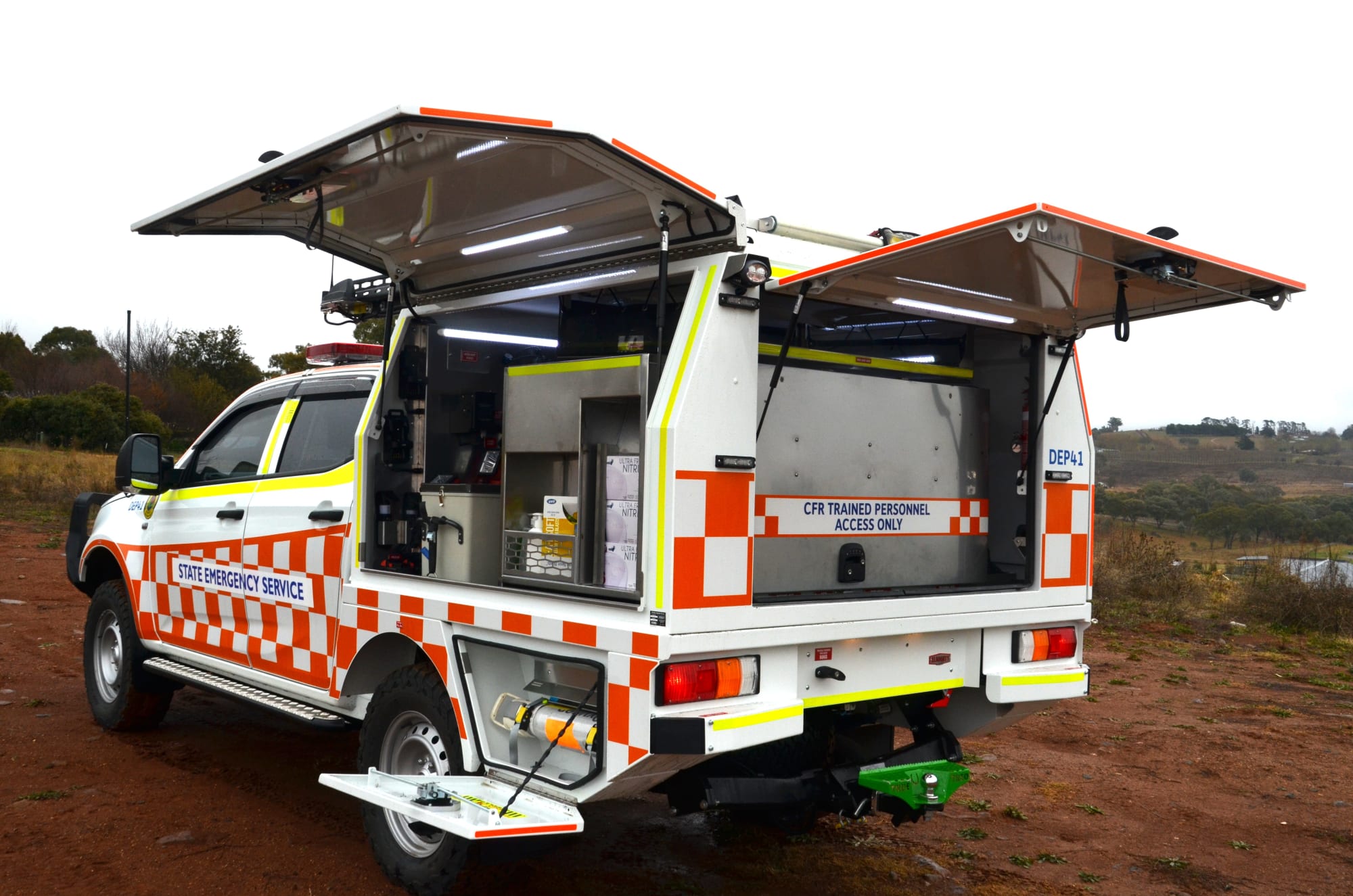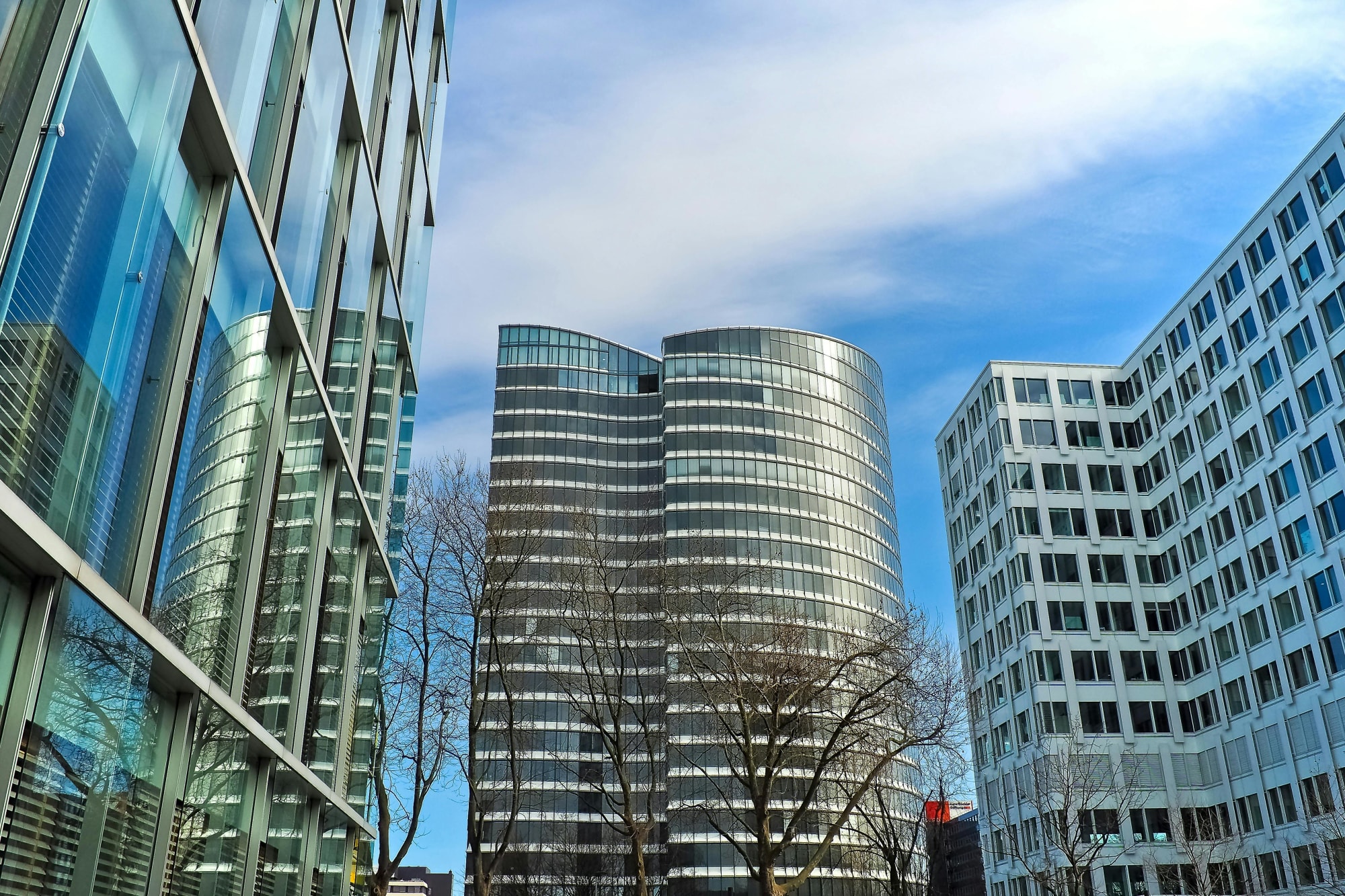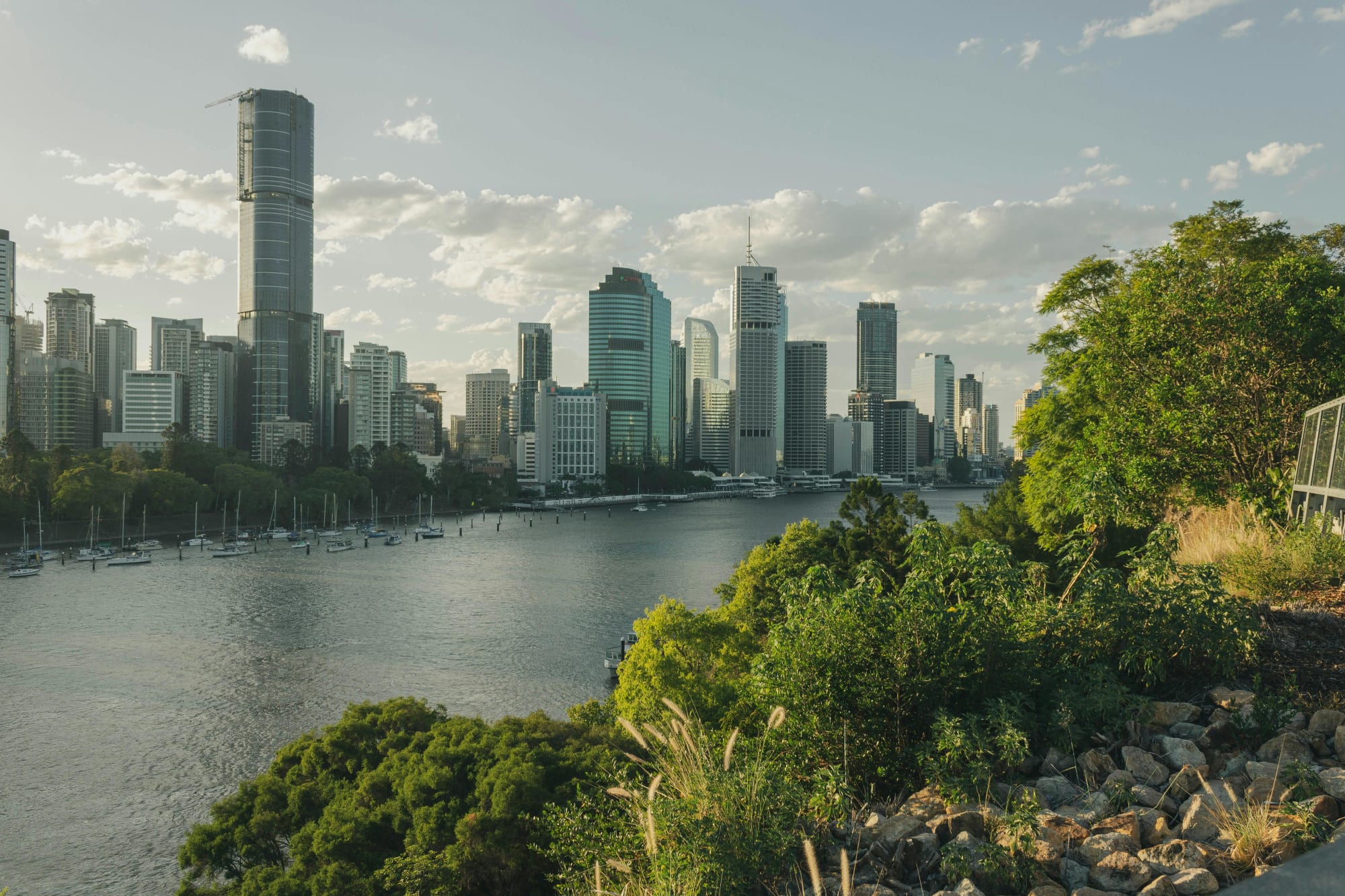Invest
Morrison’s claims of greenhouse emissions falling are ‘misleading’
Changing land use regulations due to the COVID-19 pandemic and the drought are the only reason Australia is reducing its emissions, with national emissions (excluding land use) having risen by 7 per cent from 2005, new research has revealed.
Morrison’s claims of greenhouse emissions falling are ‘misleading’
Changing land use regulations due to the COVID-19 pandemic and the drought are the only reason Australia is reducing its emissions, with national emissions (excluding land use) having risen by 7 per cent from 2005, new research has revealed.

Despite claims of Australia reducing its emissions, the Morrison government has relied purely on luck while the rest of the world take action on climate change.
Scott Morrison used his time at last month’s climate leaders summit to hype up Australia’s action on climate change, saying the country has reduced emissions by 19 per cent compared with similar economies.
During the summit, Mr Morrison refused to lay out his plans for reaching net zero emissions, although he said Australia is on the path, with all being revealed in November during the next climate summit.
“Australia is on the pathway to net zero. Our goal is to get there as soon as we possibly can, through technology that enables and transforms our industries, not taxes that eliminate them and the jobs and livelihoods they support and create, especially in our regions,” the Prime Minister said at the time.

Failing to admit he had no plan, Mr Morrison said net zero won’t be achieved in “wine bars of our inner cities”, instead backing businesses and technological advances.
“For Australia, it is not a question of if, or even by when, for net zero, but importantly how,” Mr Morrison said.
“That is why we are investing in priority new technology solutions, through our Technology Investment Roadmap initiative.”
Despite claiming Australia is doing “more than similar economies”, new analysis shows Australia’s emissions have increased since 2005 and its emissions trends are among the worst in the developed world.
Instead, the government’s current reduction in emissions over the last 15 years are largely due to two major shocks beyond the government’s control – the drought and the COVID-19 pandemic – as well as historical changes in the amount of CO2 released from the land and forest.
“The Australian government is taking credit for changes in the land sector that have not been impacted by any federal climate policy. By contrast, key allies like the United Kingdom and United States have decreased their net emissions and are exercising real credible climate leadership, Richie Merzian, climate and energy director at The Australia Institute, said.
The Australia Institute noted that when land use, including agriculture, is excluded from analysis, Australia’s emissions have risen by 7 per cent from 2005 to 2018.
“The harsh truth is that the Australian economy has not decarbonised over the last 15 years. This might explain why the Australian government has been so reluctant to commit to a net zero target when the economy is headed in the wrong direction,” Mr Merzian said.
“In the face of increased scrutiny and pressure, and absence of any real climate policy, the Australian government is increasingly relying on accounting tricks that superficially demonstrate a solid performance on climate action,” he continued.
The institute highlighted that Australia has a long history of manipulating greenhouse accounting rules, including the Kyoto Protocol negotiations, to include changes to land use in the base year, knowing land use change would give it a major advantage, and again in the Paris Agreement when Australia moved its base year to 2005 – another high year for land clearing – and was immediately able to take credit for reductions that had already happened.
“The Australian government is shirking its responsibility to decarbonise, and this unfair stance will only put more pressure and cause more tension with other countries that will be forced to further reduce their emissions to keep the climate at a safe level,” Mr Merizan concluded.
About the author

About the author


Economy
NSW SES boosts tsunami preparedness ahead of World Tsunami Awareness Day
As World Tsunami Awareness Day approaches on 5 November, the New South Wales State Emergency Service (NSW SES) is ramping up efforts to enhance tsunami preparedness along the east coastRead more

Economy
Lifesaving Regional Response Strengthened with New NSW SES Vehicles
In a significant boost to regional emergency services, the NSW State Emergency Service (SES) has unveiled 11 new Community First Response (CFR) vehicles, designed to enhance the speed and safety of ...Read more

Economy
Australia's June quarter GDP growth driven by consumer and government spending
Australia's economy has shown unexpected resilience in the June 2025 quarter, with household and government consumption driving growth despite a significant decline in public investmentRead more

Economy
Australia's GDP surprise is real but operators should heed the growth mix warning light
Australia’s June-quarter growth beat expectations on the strength of household consumption and government spending, even as public investment sagged. The upside surprise signals resilience, but the ...Read more

Economy
Households carried the quarter: what Australia’s upside GDP surprise means for strategy now
Australia’s economy expanded faster than expected in the June 2025 quarter, with GDP up 0.6 per cent quarter-on-quarter and 1.8 per cent year-on-year — the strongest pace in two years. The kicker ...Read more

Economy
Inflation dynamics in Australia: Electricity subsidies and labour market in focus
In a recent economic analysis, experts from State Street have highlighted significant developments in Australia's inflation landscape, attributing the changes primarily to the withdrawal of ...Read more

Economy
Australia's economic growth driven by consumer and government spending: A closer look at the June quarter
Australia's economy has delivered a surprising performance for the June 2025 quarter, surpassing expectations with a growth rate of 0.6% quarter-on-quarter and 1.8% year-on-year. This unexpected ...Read more

Economy
Australian and Korean leaders meet to unlock billions in new trade opportunities
In a significant effort to bolster economic ties and explore new avenues for investment, Australian and Korean leaders, alongside business executives and government officials, are gathering in Seoul ...Read more

Economy
NSW SES boosts tsunami preparedness ahead of World Tsunami Awareness Day
As World Tsunami Awareness Day approaches on 5 November, the New South Wales State Emergency Service (NSW SES) is ramping up efforts to enhance tsunami preparedness along the east coastRead more

Economy
Lifesaving Regional Response Strengthened with New NSW SES Vehicles
In a significant boost to regional emergency services, the NSW State Emergency Service (SES) has unveiled 11 new Community First Response (CFR) vehicles, designed to enhance the speed and safety of ...Read more

Economy
Australia's June quarter GDP growth driven by consumer and government spending
Australia's economy has shown unexpected resilience in the June 2025 quarter, with household and government consumption driving growth despite a significant decline in public investmentRead more

Economy
Australia's GDP surprise is real but operators should heed the growth mix warning light
Australia’s June-quarter growth beat expectations on the strength of household consumption and government spending, even as public investment sagged. The upside surprise signals resilience, but the ...Read more

Economy
Households carried the quarter: what Australia’s upside GDP surprise means for strategy now
Australia’s economy expanded faster than expected in the June 2025 quarter, with GDP up 0.6 per cent quarter-on-quarter and 1.8 per cent year-on-year — the strongest pace in two years. The kicker ...Read more

Economy
Inflation dynamics in Australia: Electricity subsidies and labour market in focus
In a recent economic analysis, experts from State Street have highlighted significant developments in Australia's inflation landscape, attributing the changes primarily to the withdrawal of ...Read more

Economy
Australia's economic growth driven by consumer and government spending: A closer look at the June quarter
Australia's economy has delivered a surprising performance for the June 2025 quarter, surpassing expectations with a growth rate of 0.6% quarter-on-quarter and 1.8% year-on-year. This unexpected ...Read more

Economy
Australian and Korean leaders meet to unlock billions in new trade opportunities
In a significant effort to bolster economic ties and explore new avenues for investment, Australian and Korean leaders, alongside business executives and government officials, are gathering in Seoul ...Read more








